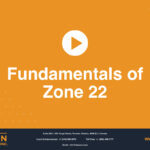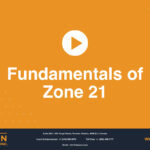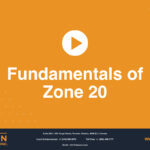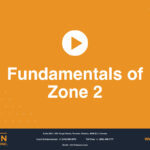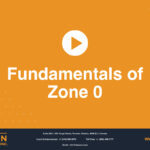Fundamentals of Zone 1
Electrical equipment is often installed in locations where there are gases present, making them hazardous locations. Therefore, these products need to be designed and constructed in compliance with safety standards in order to be safe for use in such hazardous locations.
As per IEC standards, the classified areas are categorized in three groups: Zone 0, Zone 1 and Zone 2.
This diagram of a typical petrol station illustrates the areas that are classified as Zone 0, Zone 1 and Zone 2. In this animation, our focus is on the Zone 1 classified area.
Zone 1 is a location in which explosive gas atmospheres are likely to occur in normal operation; or the location is adjacent to a Zone 0 location, from which explosive gas atmospheres could be communicated.
In this illustration, we have a storage tank which contains a flammable liquid. When the flammable liquid is being transferred, the area around the vent of the tank is Zone 1. Explosive gases can be present under normal operation or if a fault happens.
In order to be certified as compliant with safety Standards for Zone 1, the product must be protected by one or more of the following nine protection techniques: intrinsic safety, encapsulation, flameproof, purging and pressurization, oil immersion, powder filling, Increased safety, optical radiation, and special protection. Equipment compliant with these protection techniques are considered to be safe under normal and even abnormal conditions.
It is important to use the protection technique that is best suited to the product based on its design and function. Products suitable for use in Zone 0 may also be installed and used in Zone 1.
Request a Consultation
Complete the form below to get started.

